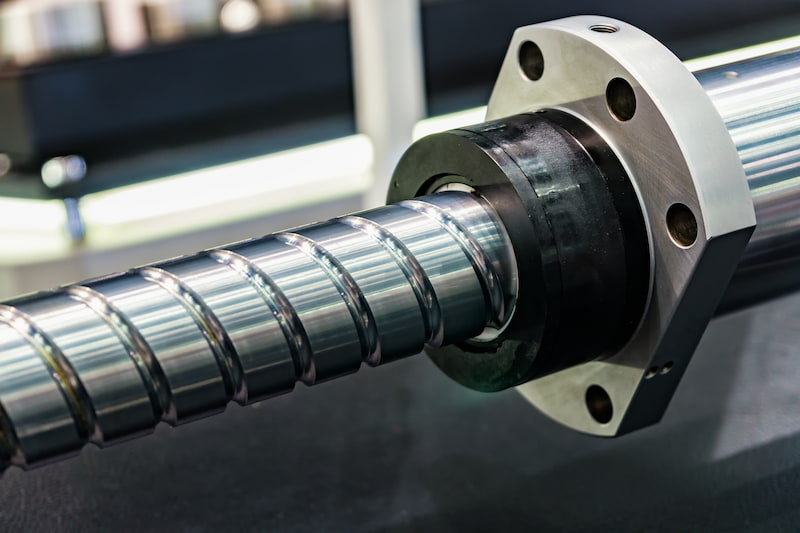lead screws :its components and applications
In this post we will explore the world of lead screws in 3D printers, guiding you through their applications, ideal properties, and potential drawbacks.
Understanding Lead Screws
- Lead screws are threaded rods used to convert rotation into linear motion.
- They differ from threaded rods (used for fastening) due to their thread form.
- Lead screws typically have a trapezoidal thread, optimized for reducing friction during movement.
Lead vs. Pitch
- While often confused, lead and pitch are not the same.
- Lead refers to the distance a nut travels in one revolution of the screw.
- Pitch represents the distance between two corresponding threads.
- In multi-start screws, lead is equal to the pitch multiplied by the number of threads.
Ideal Lead Screws for the Z-Axis
- Lead screws are well-suited for the Z-axis (vertical motion) due to:
- Gravity taking care of backlash (play between screw and nut)
- Lower speed requirements compared to X and Y axes (horizontal movements)
- Recommended properties for Z-axis lead screws:
- Diameter: At least 8mm to avoid whipping during fast movements.
- Lead: 2mm for optimal positional accuracy across various layer heights.
- Reason: A 2mm lead ensures each desired layer height movement corresponds to a whole number of stepper motor steps, eliminating the need for imprecise micro-stepping.
Lead Screws for X and Y Axes: Proceed with Caution
- Lead screws are generally not ideal for X and Y axes due to:
- Backlash causing positioning issues.
- Requirement for coarser leads (larger distance per revolution) to achieve necessary speeds, resulting in:
- Increased motor torque needed to overcome friction and backlash.
- Potential for layer height limitations due to the coarse lead.
- Alternatives for X and Y axes:
- Belt-driven systems offer smoother operation and better backlash control.
Additional Considerations
- When homing the printer (finding the zero position), a coarser lead screw might limit the homing speed due to motor torque limitations.
- It's crucial to measure the position of the gantry (the moving platform) directly, rather than relying solely on the screw position, to account for potential backlash.
- Linear encoders on the gantry itself provide the most accurate measurement.
Lead screws can be a good choice for the Z-axis, but for X and Y axes, belt-driven systems often provide better results. This video equips you with the knowledge to make informed decisions when choosing lead screws for your 3D printer.
Labels: 3D printers, manufacturing



0 Comments:
Post a Comment
Subscribe to Post Comments [Atom]
<< Home